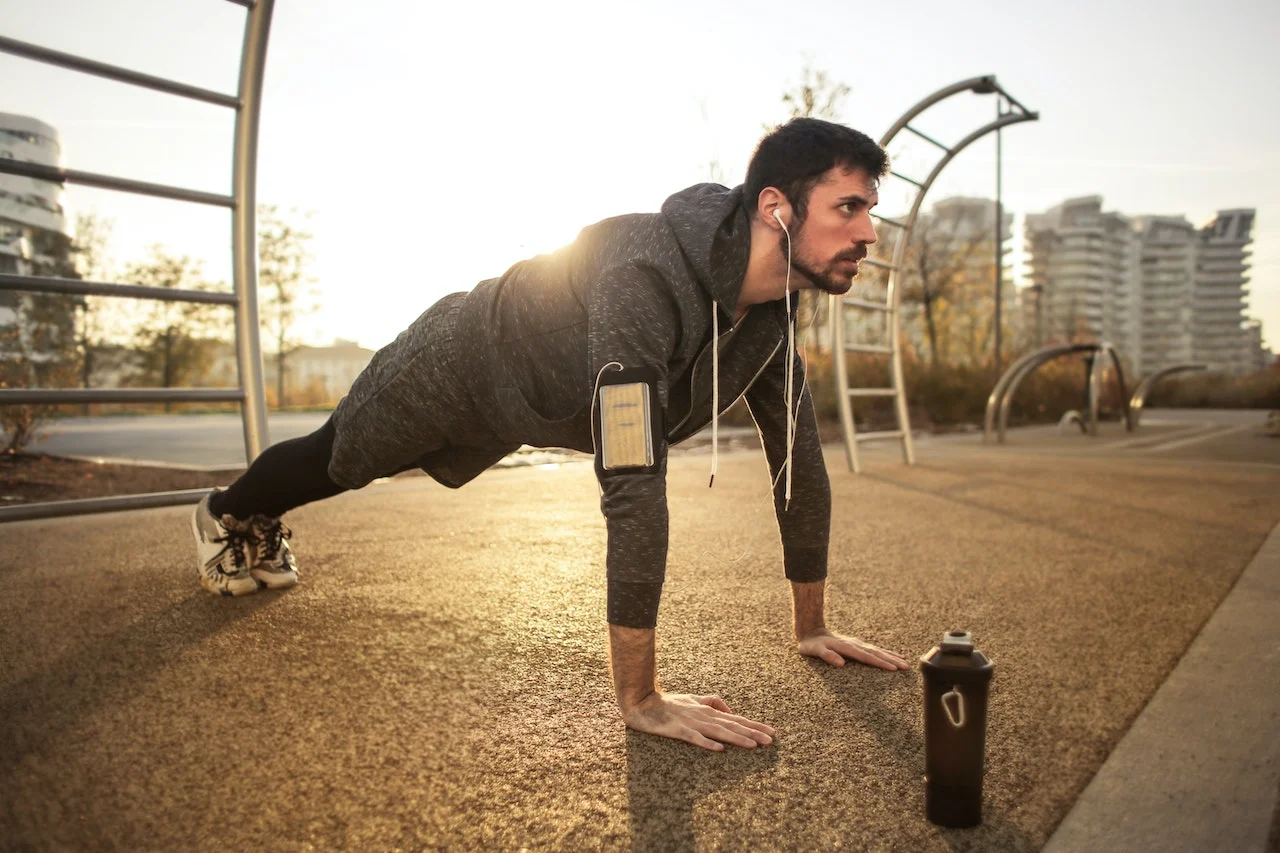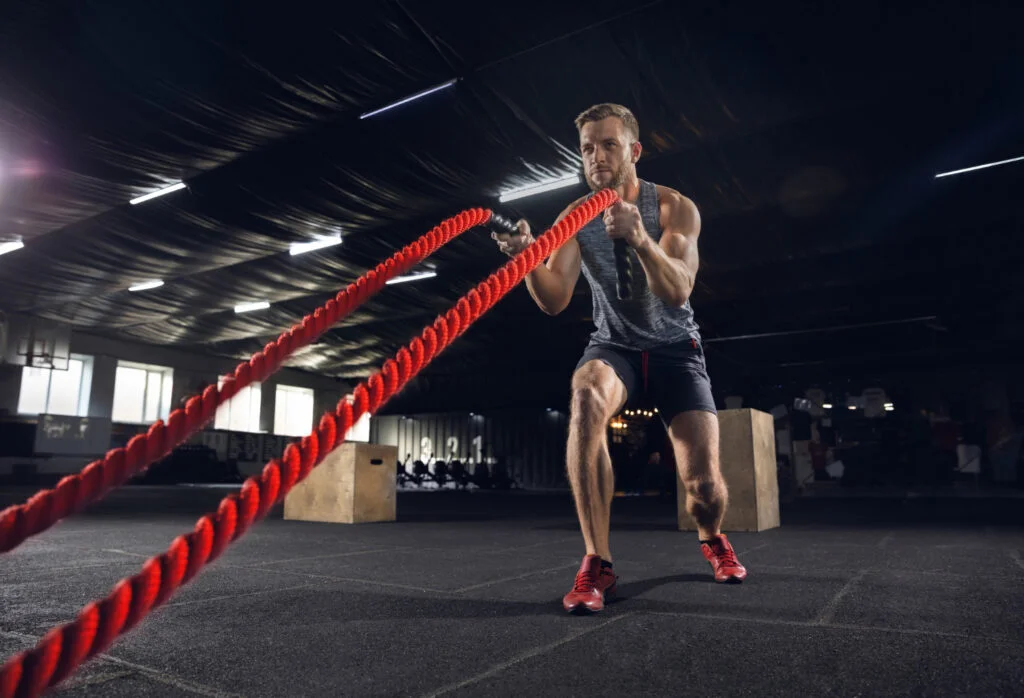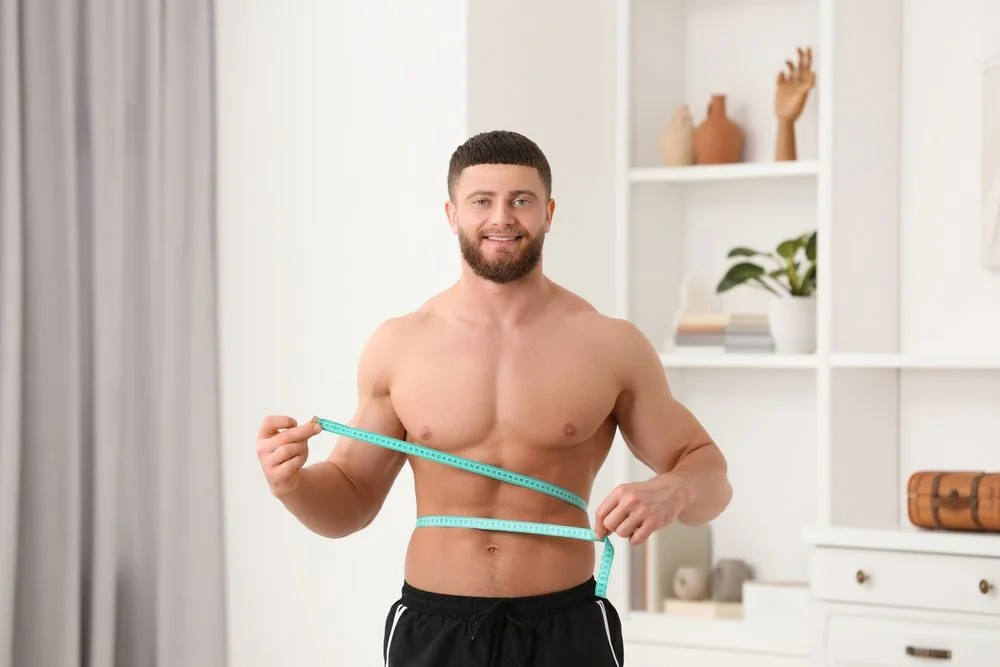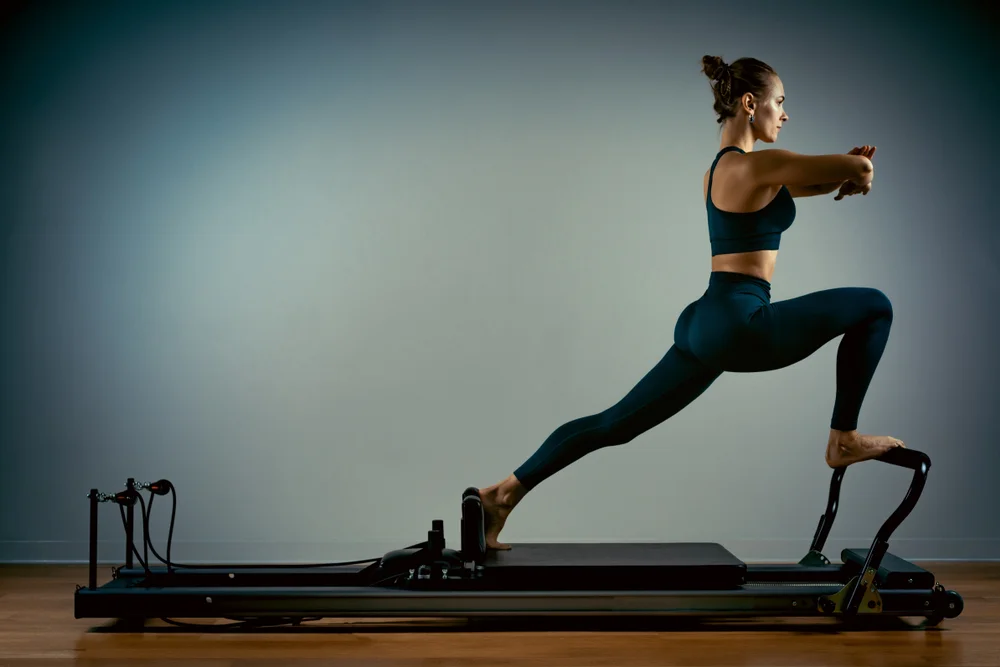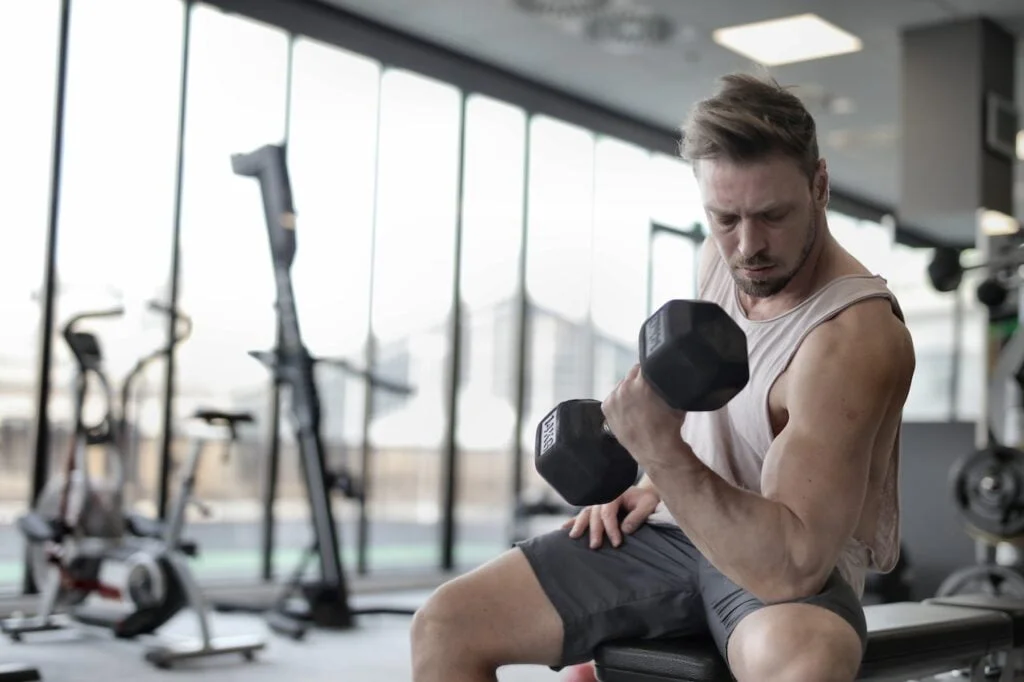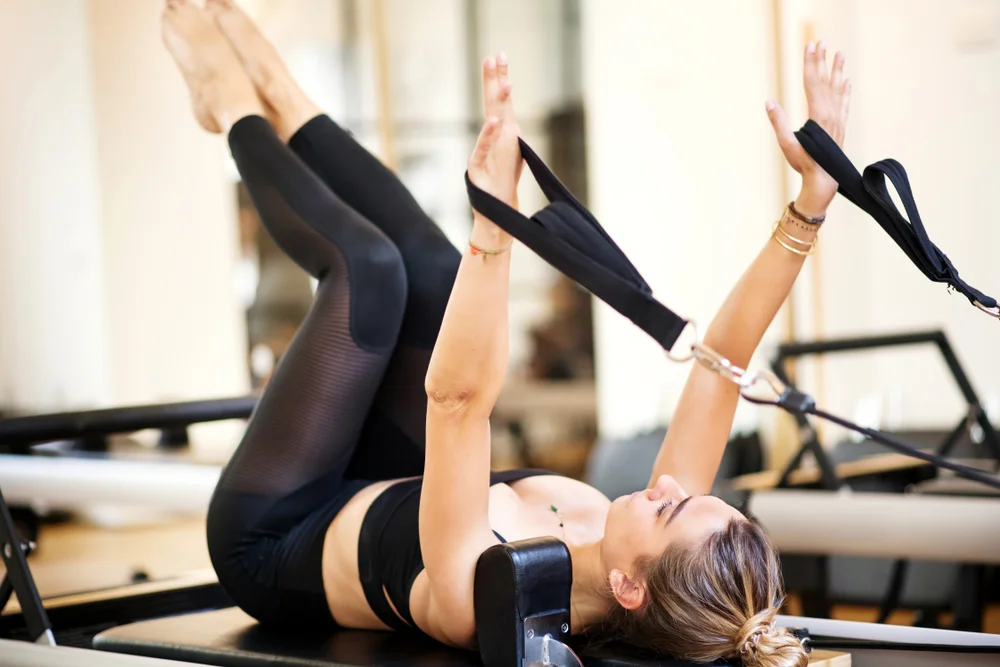Are you aware of the many benefits of free hand exercises? From improved muscle strength and flexibility to increased energy levels and better heart health, free hand exercises can have a positive impact on your overall wellbeing. In this article, we will explore 10 of the most surprising health benefits of free hand exercises that you may not know about. Keep reading to find out more about these incredible benefits.
What is Free Hand Exercises?
Free hand exercises refers to any physical activity that you can perform using your own body weight and without any equipment or machinery. This type of exercise is extremely beneficial for individuals of all ages and fitness levels as it can be easily modified to suit your personal abilities and preferences.
10 Health Benefits of Free Hand Exercises.
Free hand exercises is also known as bodyweight exercises are a fantastic way to improve your overall health and wellbeing. Here are 10 health benefits of incorporating free hand exercises into your regular workout routine:
1. Enhances Muscle Strength.
Free hand exercises engage multiple muscle groups simultaneously, leading to increased muscle strength and endurance. This helps in performing daily activities with ease and prevents muscle imbalances.
2. Improves Flexibility.
Regularly performing free hand exercises can enhance flexibility by increasing the range of motion in your joints. This reduces the risk of injuries and improves overall mobility.
3. Boosts Cardiovascular Health.
Many free hand exercises such as burpees, jumping jacks and mountain climbers, elevate your heart rate, providing an excellent cardiovascular workout. This improves heart health, reduces the risk of heart disease and enhances overall cardiovascular endurance.
4. Aids in Weight Management.
Free hand exercises can help to burn calories and reduce body fat, making them an effective tool for weight management. Incorporating these exercises into your routine can contribute to achieving and maintaining a healthy weight.
5. Increases Bone Density.
Weight bearing exercises, such as push ups, planks and squats stimulate bone growth and increase bone density. This can help to prevent osteoporosis and reduce the risk of fractures particularly in older adults.
6. Improve Balance and Coordination.
Free hand exercises challenge your balance and coordination as you engage multiple muscle groups simultaneously. This improves proprioception, preventing falls and injuries and enhancing overall stability.
7. Reduces Stress and Anxiety.
Engaging in free hand exercises releases endorphins, which are natural mood enhancers. Regular exercise can reduce stress, anxiety and symptoms of depression, promoting mental wellbeing.
8. Improves Posture.
Many free hand exercises focus on core strength and stability, which are crucial for maintaining proper posture. Strengthening the core muscles can alleviate back pain and improve overall posture alignment.
9. Enhances Brain Function.
Exercise stimulates blood flow to the brain, improving cognitive function, memory and concentration. Incorporating free hand exercises into your routine can enhance brain health and overall mental performance.
10. Promotes Longevity.
Regular physical activity including free hand exercises has been linked to a longer lifespan. By improving overall health, reducing the risk of chronic diseases and enhancing mental wellbeing, these exercises contribute to a healthier and longer life.\
| 💡 Tips Verywel Fit.com Incorporating free hand exercises into your daily routine can provide numerous health benefits both physically and mentally. Whether you are a beginner or a seasoned fitness enthusiast these exercises offer a versatile and effective way to improve your overall wellbeing. |
8 Best Free Hand Exercises to Stay Fit and Healthy.
1. Jumping Jacks.
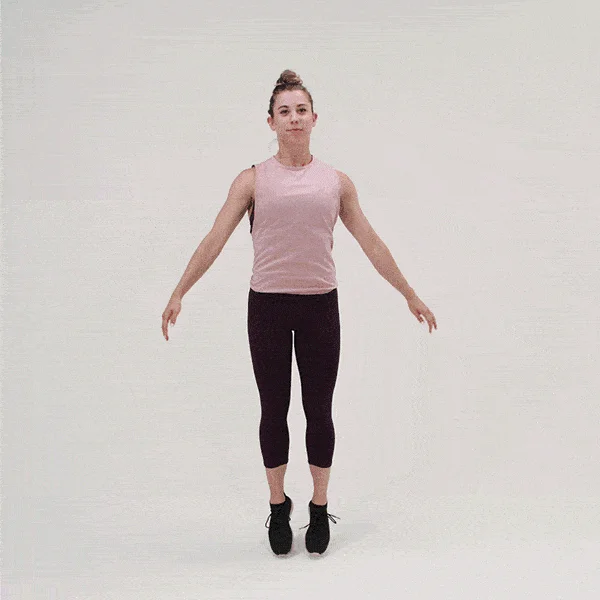
Jumping jacks are a classic free hand exercise that engages multiple muscle groups and gets your heart rate up. Start with your feet together and arms by your sides. Jump, spreading your legs shoulder width apart and raising your arms above your head. Return to the starting position and repeat.
2. Push Ups.
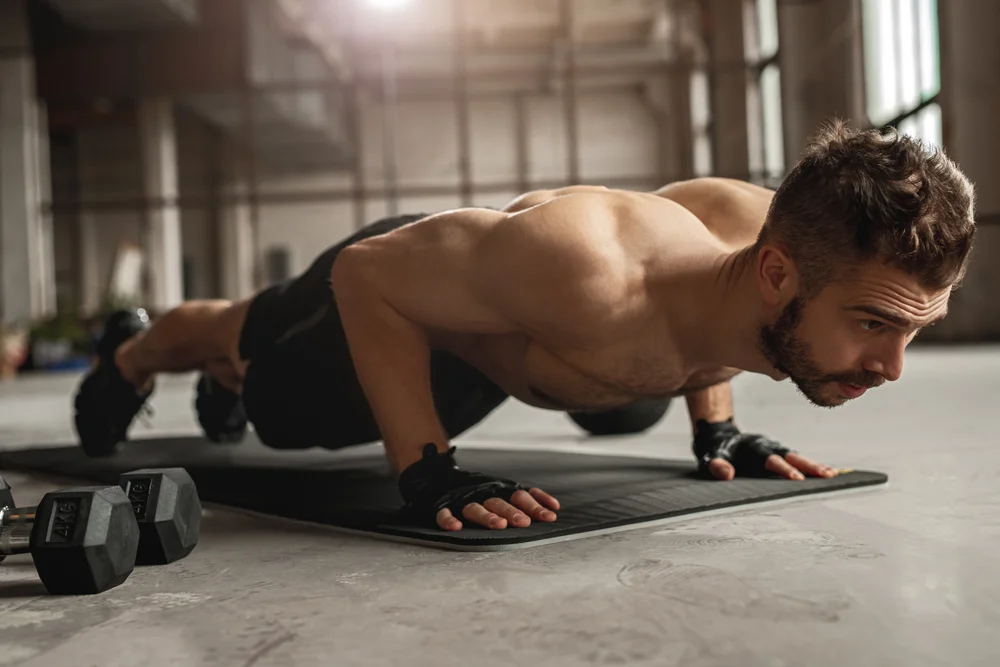
Push ups are an excellent exercise to strengthen your upper body, including your chest, shoulders and arms. Begin in a plank position with your hands shoulder width apart. Lower your body, keeping your back straight, until your chest nearly touches the floor. Push back up to the starting position and repeat.
3. Squats.
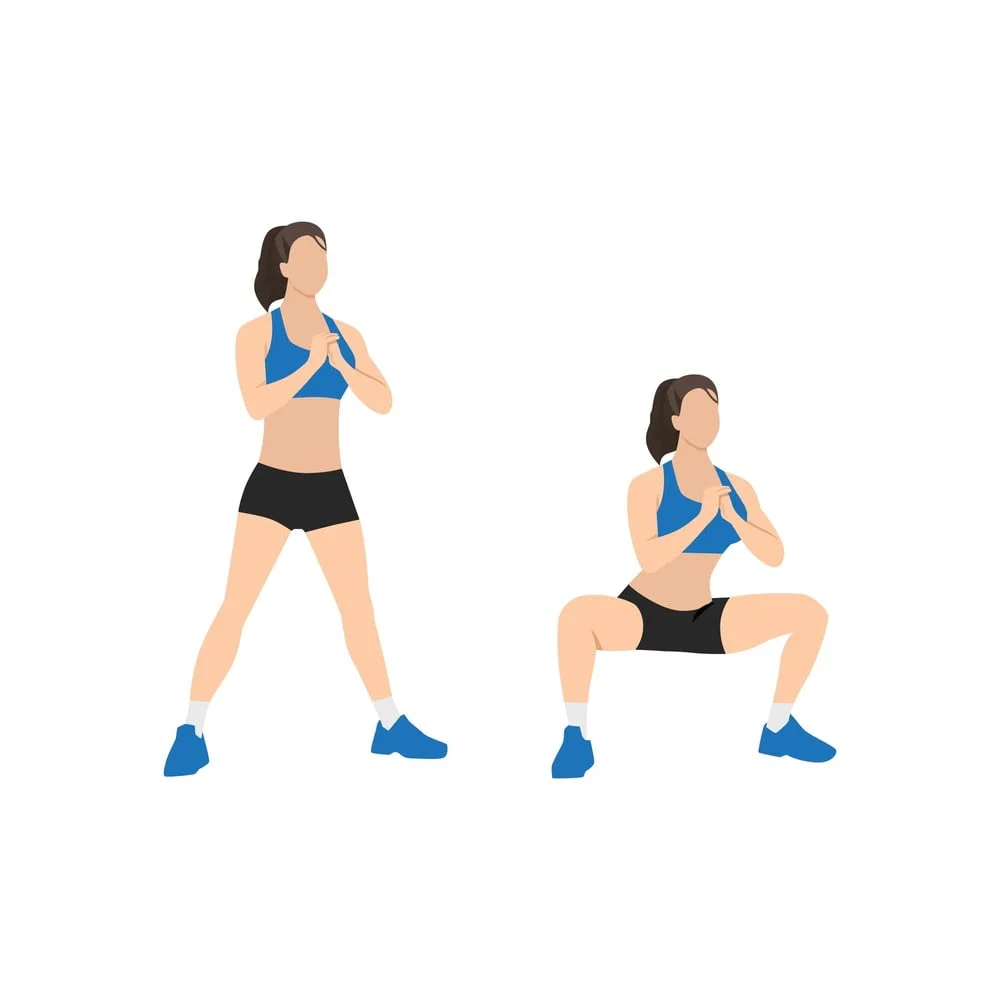
Squats are a fantastic exercise to work your lower body, particularly your quadriceps, hamstrings and glutes. Stand with your feet shoulder width apart. Bend your knees and lower your hips as if you are sitting back into a chair. Keep your chest up and back straight. Return to the starting position and repeat.
4. Lunges.

Lunges target your quadriceps, hamstrings and glutes while also improving balance and coordination. Start by standing tall with your feet hip width apart. Step forward with one foot and lower your body until both knees are bent at a 90 degree angle. Push back up to the starting position and repeat with the other leg.
5. Plank.
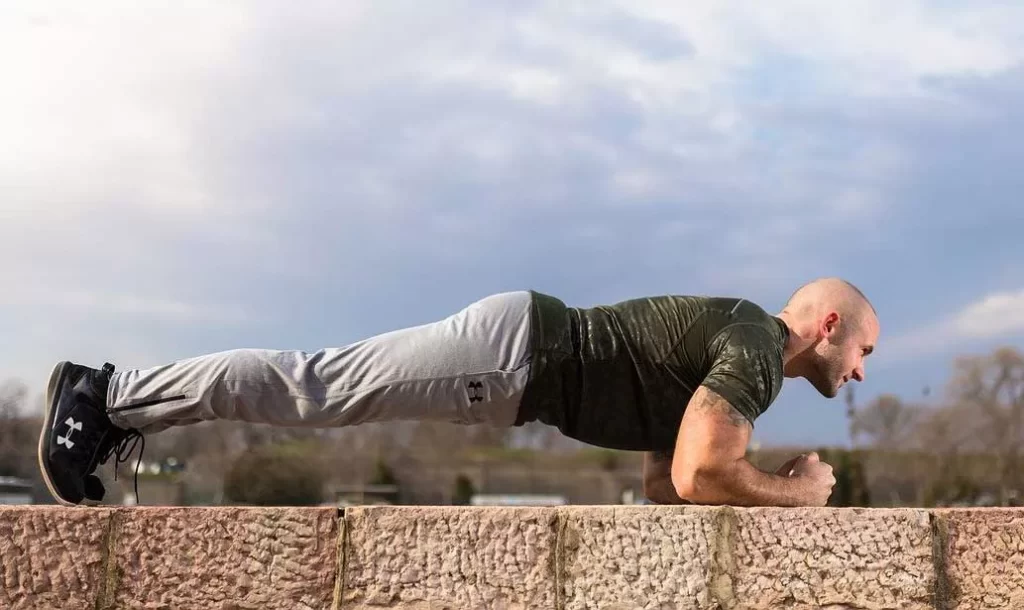
Planks are a great exercise for strengthening your core muscles, including your abs, back and shoulders. Begin by getting into a push up position. Lower your forearms to the ground, keeping your elbows directly beneath your shoulders. Hold this position, keeping your body in a straight line for as long as you can.
6. Mountain Climbers.
Mountain climbers are a dynamic exercise that targets your core as well as your arms and legs. Start in a push up position. Bring one knee towards your chest then quickly switch legs, as if you are running in place. Keep your core engaged and maintain a steady pace.
7. Bicycle Crunches.
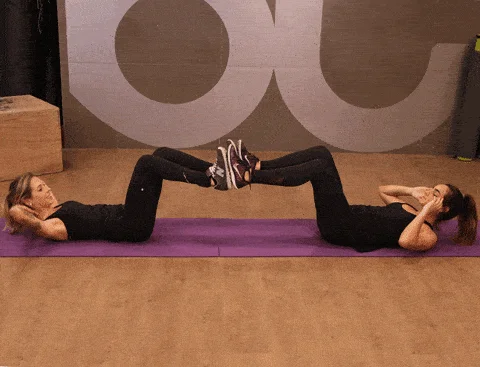
Bicycle crunches are an effective exercise for targeting your abs and obliques. Lie on your back with your hands behind your head and your knees bent. Lift your shoulders off the ground and bring your right elbow towards your left knee while extending your right leg. Repeat on the other side alternating in a pedaling motion.
8. Arm Circles.
Arm circles are a simple exercise that helps to improve shoulder flexibility and strengthen the muscles in your arms. Stand with your feet shoulder width apart and extend your arms straight out to the sides. Make small circles with your arms, gradually increasing the size of the circles. Reverse the direction of the circles after a set amount of time.
| 💡 Tips Verywel Fit.com Remember to consult with a healthcare professional before starting any new exercise routine, especially if you have any underlying health conditions. These free hand exercises can be done anywhere, without the need for any equipment which making them accessible to everyone. Incorporate these exercises into your daily routine to stay fit, improve your overall health and boost your energy levels. |
Frequently Asked Questions.
There are many different types of free hand exercises you can do at home, including push ups, squats, lunges, sit ups and more.
No, one of the great things about free hand exercises is that you don’t need any equipment. You can do them anywhere, anytime.
It’s recommended to aim for at least 30 minutes of moderate exercise, such as free hand exercises, five days a week. However, you can also break up your exercise routine into shorter sessions throughout the day.
Yes, free hand exercises can help with weight loss by increasing your heart rate and burning calories. However, it’s important to also maintain a healthy diet for optimal results.
In general, free hand exercises are safe for most people. However, it’s important to consult with a doctor before starting any new exercise routine, especially if you have any underlying health conditions.
Yes, many free hand exercises, such as stretching and yoga poses, can help to improve flexibility over time.
Yes, free hand exercises have been shown to reduce stress and anxiety, improve mood and increase overall mental wellbeing.
Yes, many free hand exercises can be modified to accommodate different fitness levels or physical limitations. It’s important to listen to your body and only do what feels safe and comfortable for you.
Results from free hand exercises can vary depending on factors such as frequency and intensity of workouts, diet and overall lifestyle habits. However, with consistent effort you should start to see results within a few weeks to a few months.
Yes, regular exercise, including free hand exercises, has been shown to help prevent chronic diseases such as heart disease, diabetes and certain types of cancer.
Bottom Line.
Free hand exercise is a fantastic way to improve your overall health and wellbeing. By incorporating just a few minutes of free hand exercise into your daily routine, you can experience an array of benefits including better heart health, reduced stress and anxiety, weight loss, increased energy levels, improved brain function, reduced inflammation, pain relief, improved sleep quality, boosted immunity and even healthier skin.
How we reviewed this article:
Our team of experts is always monitoring the health and wellness field, ensuring that our articles are updated promptly as new information emerges. See Our Editorial Process
May 13, 2025
Written By: Uttam
Reviewed By: David Rosales
Written By: Uttam
Reviewed By: David Rosales

 Workout
Workout
 Meditation
Meditation





 Contact Us
Contact Us

